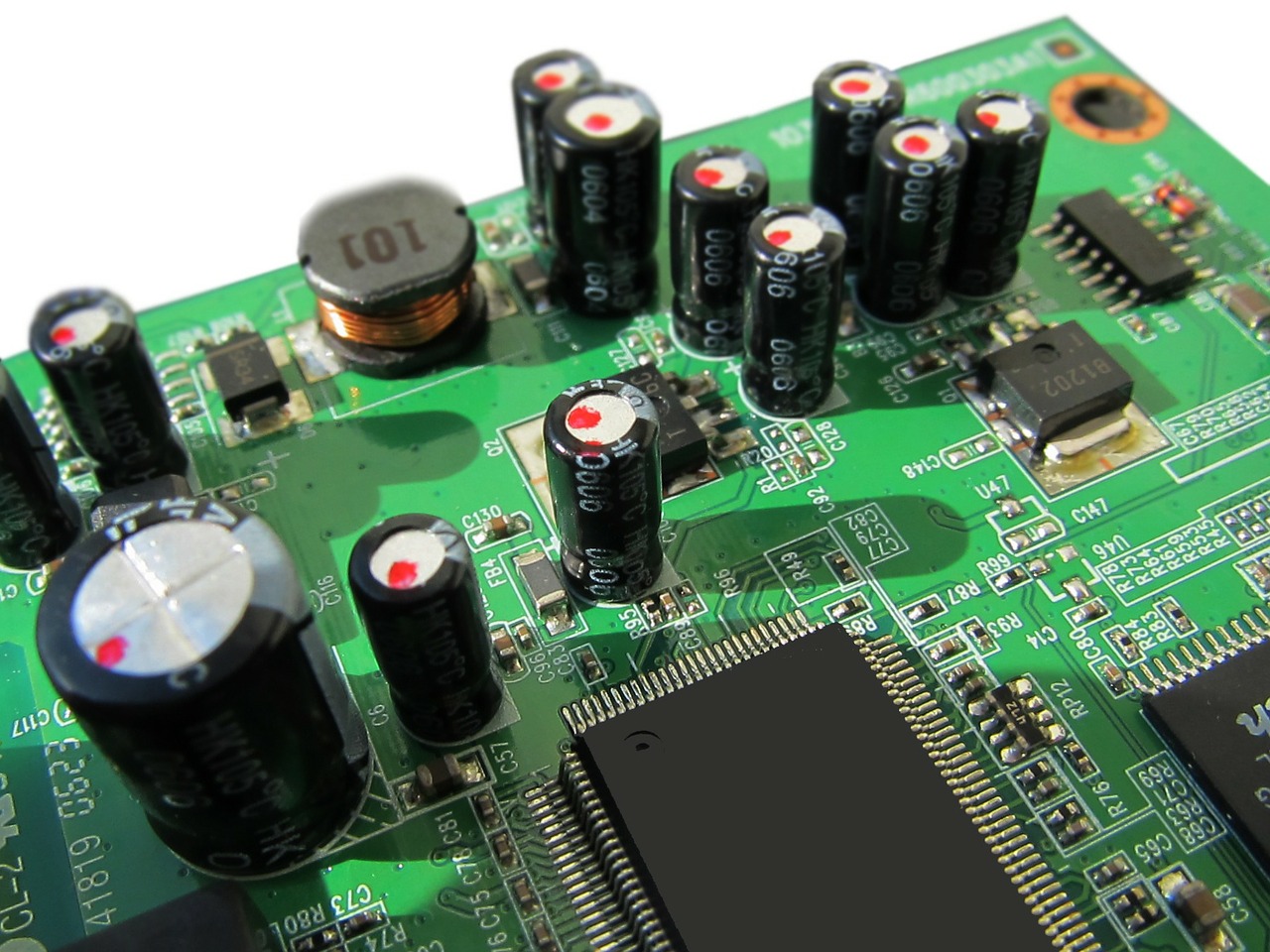As technology advances, we tend to find ourselves frequently buying and accumulating more and more electronics, even when we don’t really need them.
Now the question is, what do you usually do with your old devices when you can’t sell them or trade them in?
Electronic waste, commonly known as e-waste, is any “electronic or electrical equipment deemed obsolete or unwanted by a user”, which includes old laptops, cellphones, TVs, monitors, etc.
It turns out that the United States ends up with a lot of e-waste in its landfills, and these piles of e-waste are growing larger because our collection and recycling programs can’t keep up. According to the U.S. Environmental Protection Agency, 1.72 million tons of e-waste were dumped into landfills in 2005 , and only 0.34 million tons were recycled.
I think it goes without saying that living near landfills and dump sites puts you at risk for health problems. Those risks only grow when there is a lot of e-waste present in those dump sites. With increasing amounts of e-waste, the risk of exposure to heavy metals like lead, mercury, and other hazardous materials increases with it.
By itself, e-waste is not hazardous nor an immediate threat to human health if kept in favorable storage conditions. The problem is when e-waste is exposed to the elements or isn’t recycled/disposed of properly (i.e. piled in landfills or incinerated with household garbage). Studies have found that the metals and nonmetal toxins produced by e-waste can contaminate and linger in the environment, risking human exposure.
While there haven’t been many studies that specifically focus on the associations between e-waste and human health, the risks associated with the materials common in e-waste is well documented.
Exposure to these contaminants increases the risk for a range of health complications (cancers, developmental defects, damage to the kidneys, lungs, brain, etc.) Studies on e-waste workers and their communities in eastern China have found traces of metal contaminants in polished rice and chicken tissue, high levels of dioxin contamination in human milk and hair, symptoms of lead and cadmium poisoning, systemic problems from lead and copper exposure in children, and potential DNA damage and genetic mutation. Exposure was through direct contact from smoke, dust, drinking water, soil, or food.
What can we do? The responsibility falls on everyone to make sure that e-waste is either recycled or goes to a proper management facility, and not just dispensed with the household waste where it is mistreated. In addition, we should be more intentional about future electronics purchases and pay attention to the heavy metal content of these devices.
Interested in taking it a step further? Spread the knowledge about e-waste and its risks, and advocate for better e-waste management policy and regulations (since the U.S. is currently trailing behind other foreign nations).










